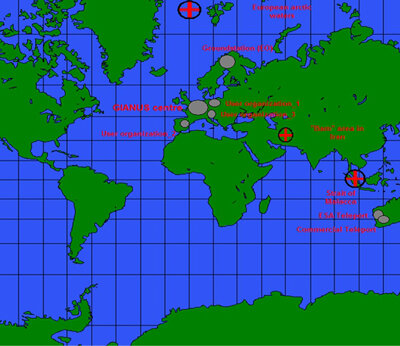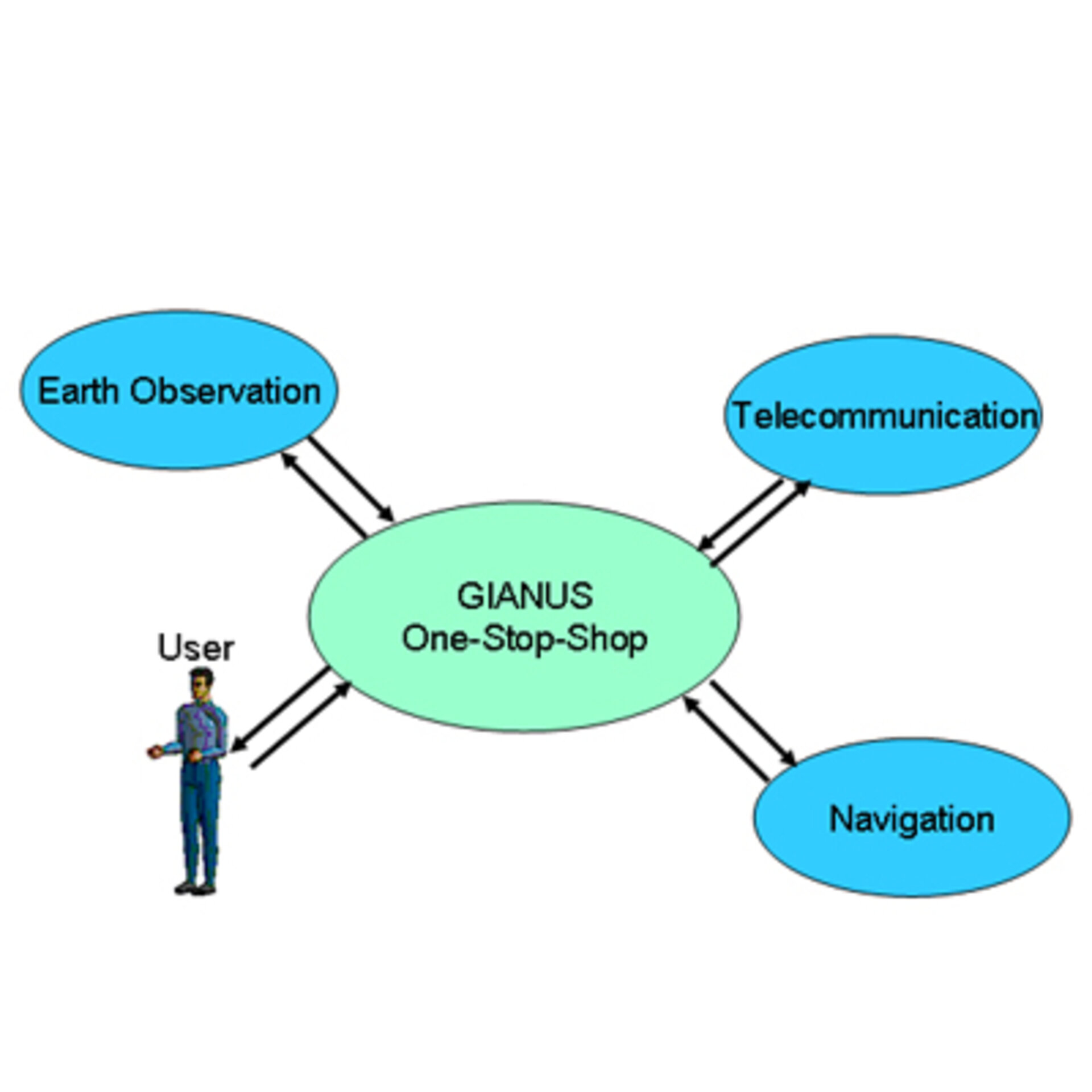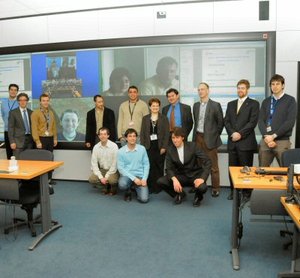GIANUS System-of-Systems Architecture Study in the CDF
For some time the Agency has been addressing mission objectives that require the exploitation of disparate space and ground systems acting as a System-of-Systems (SoS). Such complex mission architectures will further exploit the benefits of space systems, for research, e.g. Space Exploration, or for operational use, providing new services and integrated applications, e.g. GMES, Space Situation Awareness and others.
The identification of such integrated mission architectures for crisis response was the subject of GIANUS, the latest user focused and service driven design study in ESA Concurrent Design Facility (CDF). The complex concept of Global Integrated Architecture for iNnovative Utilisation of space for Security, or GIANUS in short, is a SoS architecture combining Earth Observation, Telecommunication, Navigation and Launcher assets and capabilities. The study was aimed at preparing the definition of future European infrastructure and the associated technology developments.

The CDF-GIANUS team reflected the integrated nature of the activity with experts based in four ESA establishments (HQ, ESOC, ESRIN and ESTEC) coming from eight different directorates. These experts applied common Concurrent Engineering (CE) principles as well as specific SoS design tools to establish mission architectures capable of efficiently delivering the user services. Such tools had been already tested in a preparatory assessment for some functions of the Space Situational Awareness (SSA) architecture.
During the GIANUS study a limited set of representative services was selected to be provided in three crisis theatres addressing several types of risks in different geographic areas. These included a major earthquake, based on Bam’s earthquake in 2003, counter-piracy activities in the Strait of Malacca and a hypothetical tanker accident in the Arctic region in the area of Spitsbergen.
For two distinct time horizons, 2015 and 2025, four different mission architectures were designed with a progressively increasing degree of user needs satisfaction and of complexity spanning from the utilisation of ESA and EU assets only to including world-wide commercial assets.
To assess different options, technical performance and complexity criteria were defined including responsiveness, operational costs, development costs, risks as well as asset governance. The gap analysis identified what services could be provided, up to which level and what complementary assets would be needed. Also potential needs to improve or develop new technologies to address performance gaps where identified. The outcome of the GIANUS study provided ESA with a much better understanding of the simultaneous utilisation of different space systems to create advanced services for the security of the citizens.
The output of the CDF activity has been used as input to the definition of subsequent GIANUS industrial activities.




